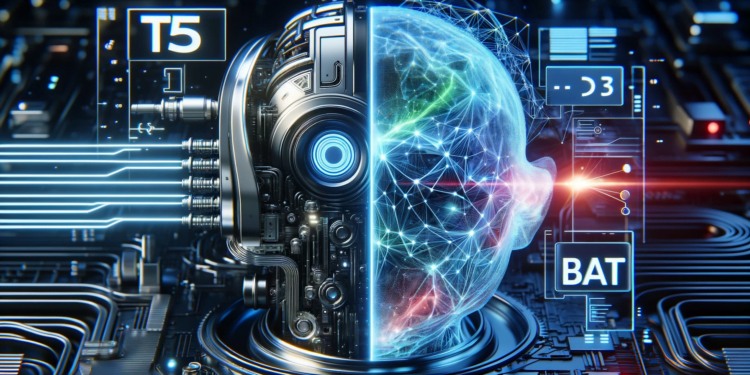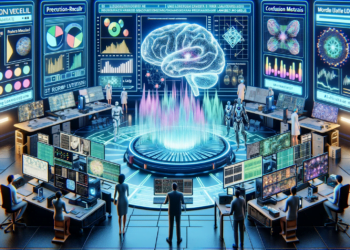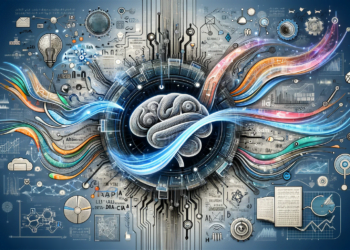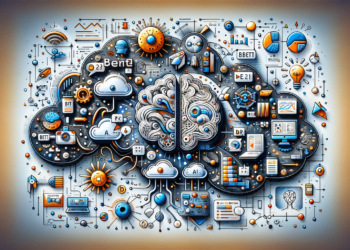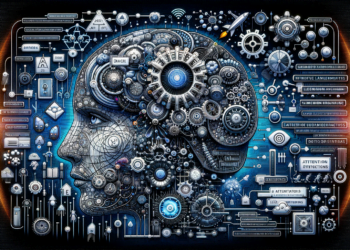Language models are the architects of the renaissance we are experiencing in artificial intelligence (AI). Standing before us are two colossi redefining the boundaries of what’s possible in natural language processing (NLP): T5 (Text-to-Text Transfer Transformer) and BART (Bidirectional and Auto-Regressive Transformers). These sequence-to-sequence (Seq2Seq) models encompass the inherent complexity of human language and distribute it efficiently to perform text generation tasks with astounding verisimilitude and coherence. In this analysis, we will unravel the fibers of their engineering and their practical applications, boasting of their uniqueness and disruptive potential.
Transformer Architectures: The Backbone of T5 and BART
Both models rest upon the sturdy shoulders of the Transformer architecture, originally conceived by Vaswani et al. (2017). It is based on attention mechanisms that capture long-distance dependencies, eliminating the need for recurrence and convolution and enabling high-speed parallel training processes. T5 and BART innovate by adapting and manipulating this design to address text generation challenges.
- T5: This model goes beyond classic seq2seq processing by reinterpreting all NLP tasks as text-to-text transformations. Both input and output are text sequences, even for tasks that traditionally do not follow this format. Thus, even sentiment classification is transformed into the generation of a text sequence (example: the word ‘positive’ as output).
- BART: It is closer to a translator than a generalist transformer. It was trained by corrupting texts and then generating the original version, a procedure known as denoising autoencoding. This dual training supports both text comprehension and generation, offering flexibility that is highly suitable for tasks such as summarization and translation.
Comparative and Evolution of Seq2Seq Models
To appreciate the evolution that T5 and BART represent, one must consider their predecessors, such as RNN and LSTM-based models, which struggled with long sequences and had limited computational efficiency. When the Transformer emerged, the landscape advanced towards more agile and capable models. BART and T5 represent further refinements, focusing on text preprocessing and model fine-tuning for specific tasks, respectively.
Emerging Practical Applications
The impact of T5 and BART stretches across a diverse spectrum of applications:
- Creative Text Generation: T5 has been used to generate creative content like poetry, while BART has proven effective in automatically writing journalistic articles.
- Automatic Summarization: Data analysis companies implement BART to synthesize executive reports from extensive data, significantly economizing their reading and analysis time.
- Automatic Translation: T5 has been successfully employed to improve translation systems by training on text pairs in different languages, offering contextually more coherent translations.
- Intelligent Virtual Assistants: These models are vital in the development of virtual assistants capable of understanding and generating natural responses, revolutionizing human-machine interaction.
Case Studies: Fine-Tuning the Applications of T5 and BART
Case 1: Summarization of Legal Texts with BART
A law firm developed a BART-based system that summarizes lengthy legal cases into a few paragraphs, assisting lawyers in trial preparation and strategic decision-making.
Case 2: Generation of Product Descriptions with T5
An e-commerce company employed T5 to generate product descriptions from a few keywords, achieving improved SEO and product visibility in search engines.
Future Projections
Analyzing the current landscape, it is plausible to project that T5 and BART will inspire the development of even more sophisticated and specialized models in specific niches, such as in legal or scientific fields.
In this tangible progress towards a more intimate understanding of language, one cannot help but wonder what other pillars will rise in this digital Tower of Babel we are building with these artificial intelligence models. As for practical applications, the horizon broadens: from the improvement of direct neural interfaces to enhance our unmediated communication, to the creation of virtual therapeutic agents offering emotional support with a sensitivity and understanding that are deeply human.
As we can see, T5 and BART are not just advanced language models but also catalysts of a process of continuous and ubiquitous innovation. The intersection of these models with emerging technologies promises to redefine the limits of our interaction with machines and the way we conceive of artificial intelligence applied to language. This is the era of semantic precision and contextual generation, and we are still at its dawn.

